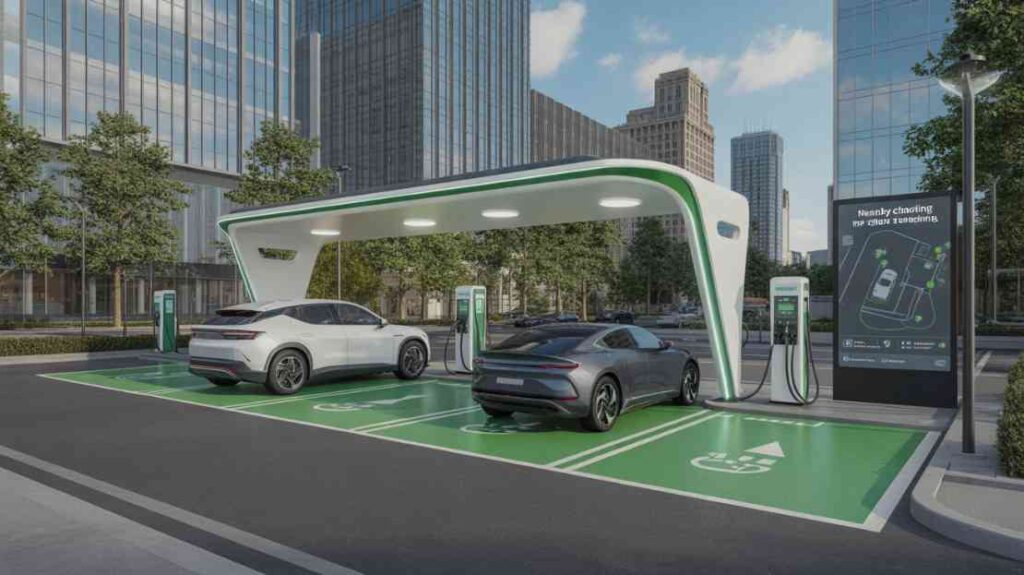Electric mobility is gathering pace, and the phrase “charging stations near me” is fast becoming a daily search term for drivers and entrepreneurs alike. By understanding how, where, and why to roll out dependable charging points, you not only meet rising demand but position yourself at the heart of the energy transition. The guidance below distils current policy, market practice, and user behaviour into a practical blueprint you can act on immediately.
Understanding Charging Stations
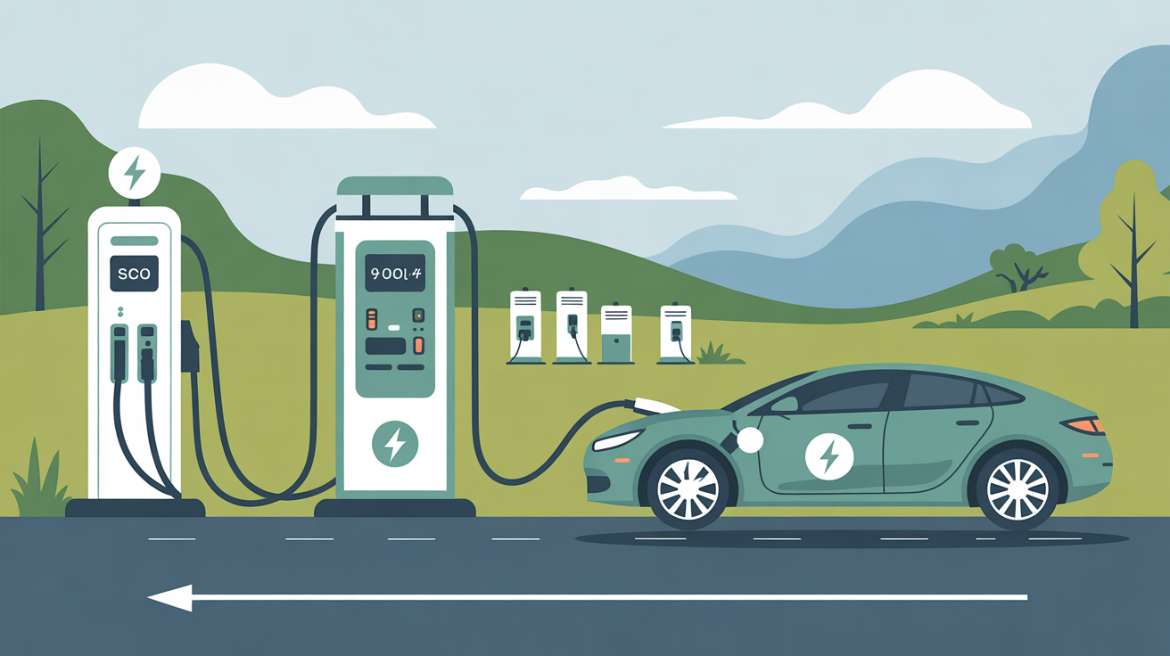
Charging stations sit at the centre of electric-vehicle adoption. Without visible, reliable, and affordable places to top up, potential buyers hesitate and fleet operators delay investment. Delhi’s EV Policy captures this reality clearly: the city plans to deploy at least 30,000 charging points, creating an enabling environment through progressive incentives and a dedicated multi-agency working group.
You will encounter three broad categories of charging stations:
- Public stations – open to anyone, usually found on highways, major roads, and community hubs.
- Private stations – installed at homes or fleet depots, accessible only to the owner or authorised drivers.
- Semi-public stations – located in shopping malls, hospitals, workplaces, or kirana stores; access may be restricted to patrons or staff.
Each category serves a distinct purpose. Public sites reassure drivers that “charging stations near me” will always return an option, even on unfamiliar routes. Private and semi-public locations exploit the fact that an EV sits idle for long stretches; charging while parked removes unnecessary trips and queues.
Locating Charging Stations Near You
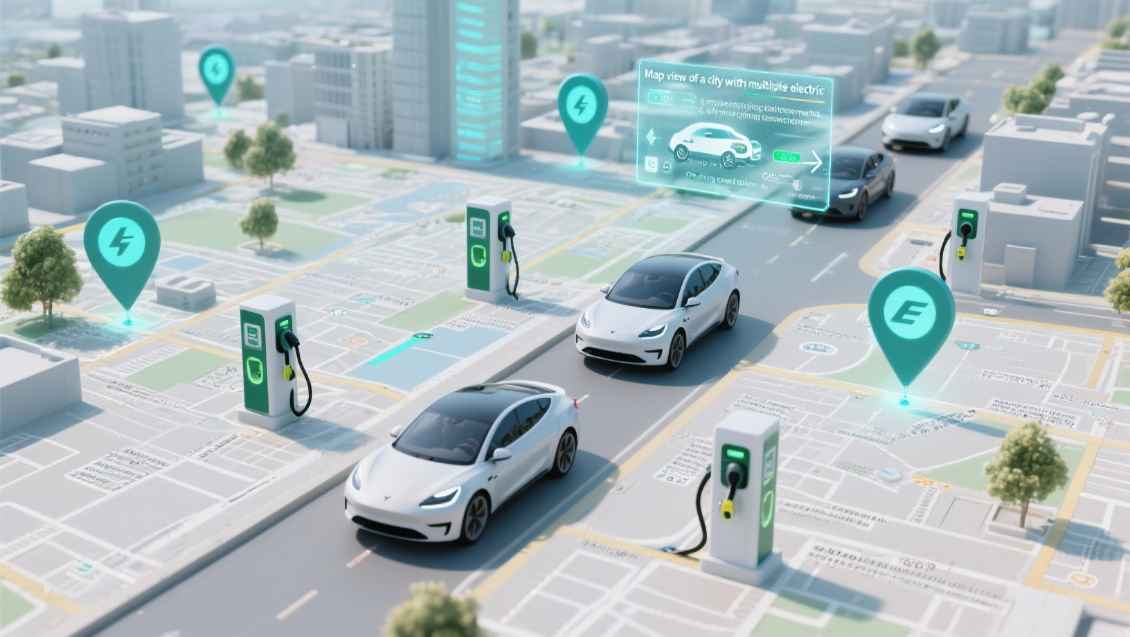
Real-time data is your ally. Open databases and mapping apps consolidate information from multiple networks, allowing drivers to filter by plug type, power rating, and availability. The Delhi Government is leaning heavily on this approach, tasking its inter-departmental working group with strategy as well as data transparency.
As you plan sites or scout opportunities, consider the places people already linger:
- Retail destinations – malls draw dwell time; customers welcome the chance to shop while their cars charge.
- Healthcare campuses – patients and staff often stay for hours.
- Workspaces – office complexes support daily commuting fleets.
By weaving chargers into these familiar settings, you reduce range anxiety and maximise utilisation. Remember that the Delhi policy specifically calls for leveraging existing private and semi-public spaces, an approach that keeps capital expenditure low while accelerating coverage.
Installation and Accessibility
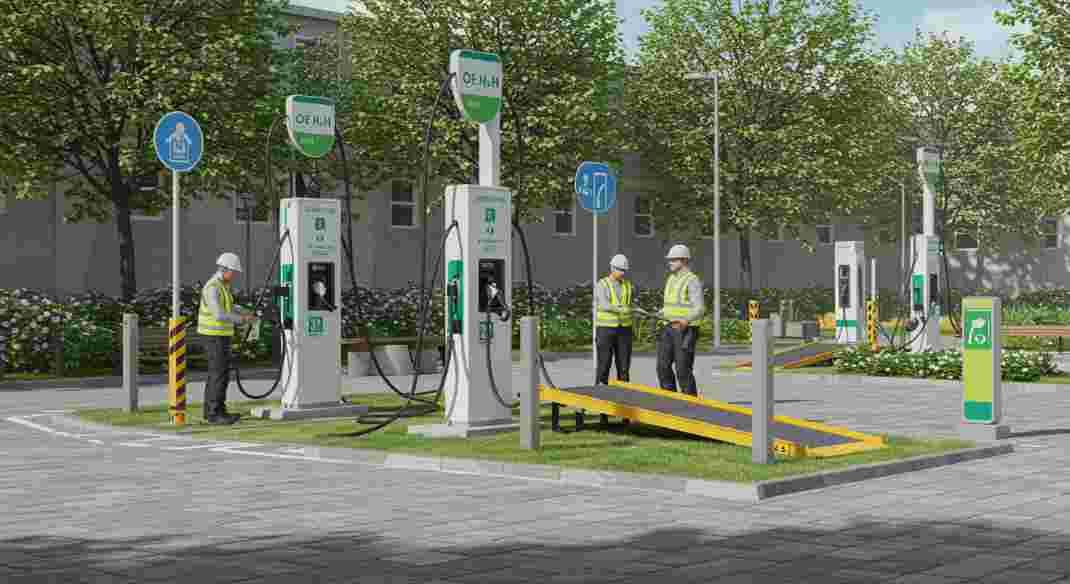
Speed to market hinges on a straightforward installation path. Delhi has introduced a single-window process for residential chargers, cutting red tape and encouraging uptake. Empanelled vendors guide you through technical standards, safety compliance, and grid connections, ensuring that every new point integrates seamlessly with the wider network.
Subsidies further sweeten the equation. Lower equipment costs and simplified permitting translate into quicker payback periods—especially significant for entrepreneurs targeting two- and three-wheeler segments, which make up 42 % of particulate pollution in the capital. By focusing on these light vehicles, you align commercial ambition with policy goals and public health priorities.
Payment and Usage Options
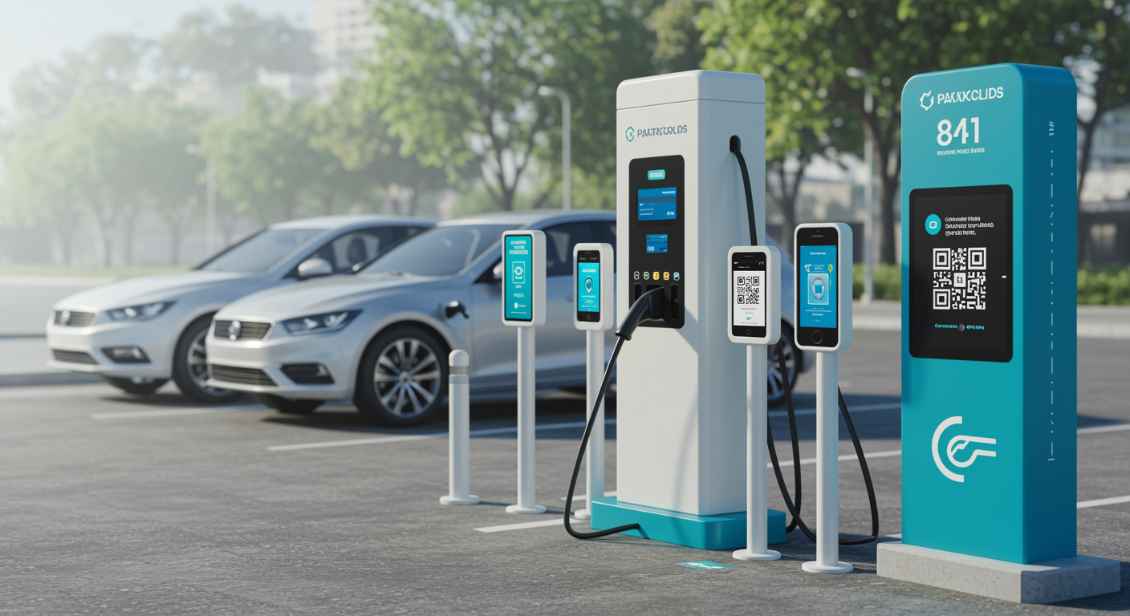
A flexible payment experience turns first-time visitors into loyal customers. Most modern forecourts already accept cash, credit cards, debit cards, UPI, and digital wallets such as JioMoney. Fleet cards—Trans-Connect or similar—streamline expense management for corporate operators.
Add loyalty, and your station stands out. Jio-bp mobility sites, for example, tempt drivers with weekly vouchers and daily loyalty points worth ₹50, plus the chance to win an SUV. When you mirror that model—perhaps by partnering with software providers like Thunderplus for automated reward allocation—you encourage repeat business without heavy marketing spend.
Future Developments and Expansion
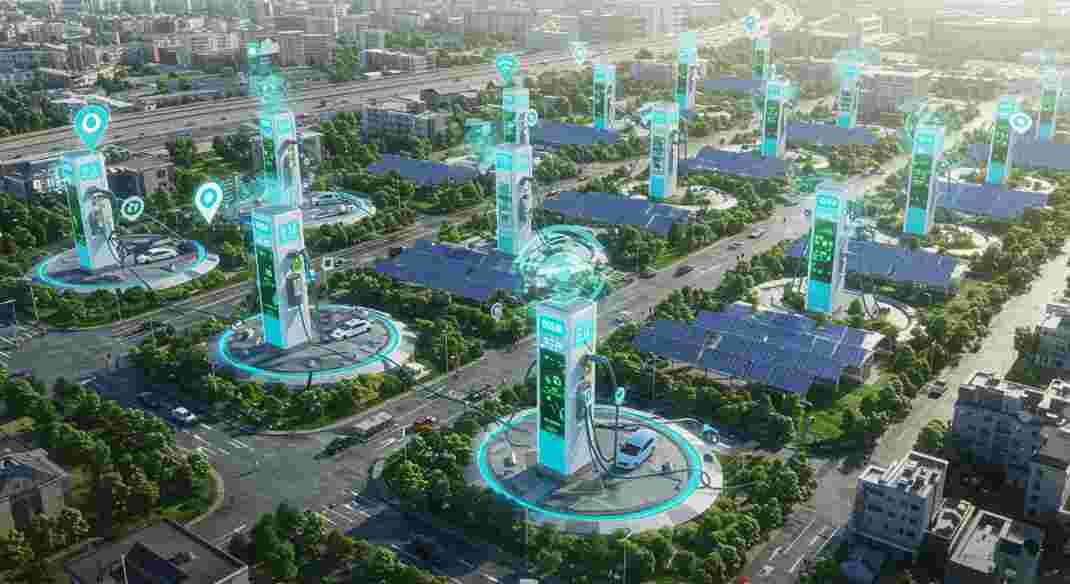
Delhi’s target of 30,000 charging points offers a blueprint other cities can emulate. The multi-agency working group includes the Power and Transport departments alongside municipal corporations, illustrating the collaboration required to scale.
For entrepreneurs, the immediate opportunity lies in high-traffic areas underserved by current infrastructure. Semi-public chargers at neighbourhood traders, mid-tier malls, or private parking blocks play an outsized role in meeting light-vehicle demand.
Avoid common pitfalls: do not underestimate the value of private-sector partnerships, and never rely on a single deployment model. A mix of AC and DC chargers, a balance of public and private ownership, and strategic placement near where vehicles naturally park will future-proof your investment.
User Experience and Feedback
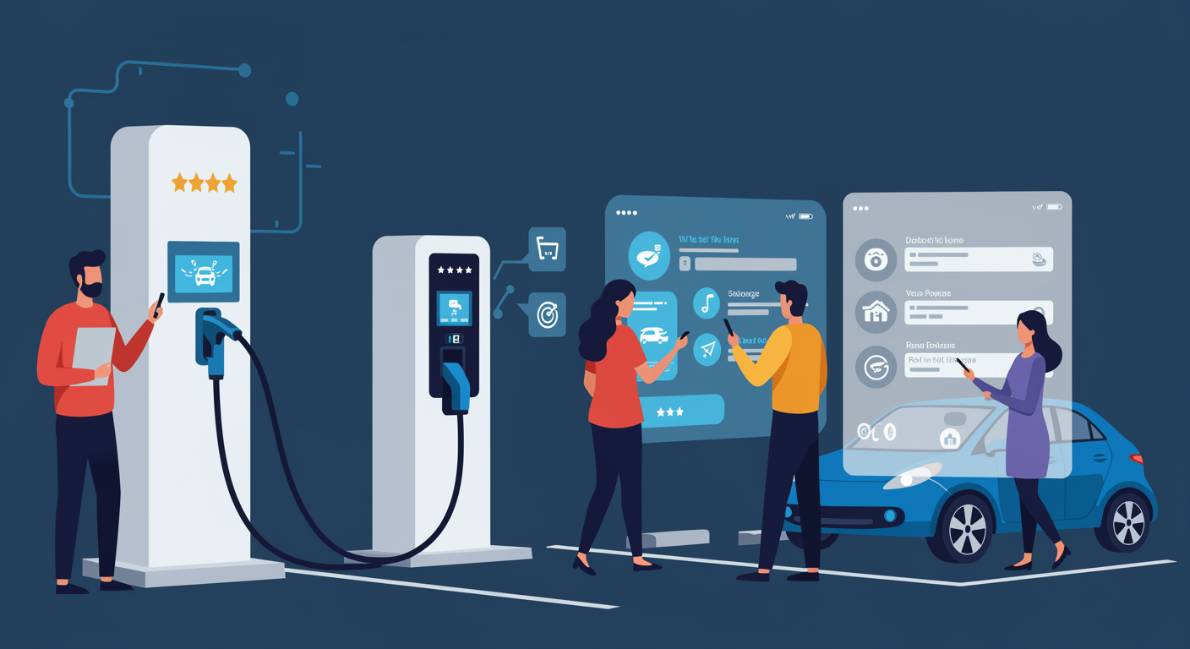
Satisfied customers advertise your station for free. QR codes on site let drivers rate the service in seconds; short surveys feed directly into your improvement cycle. Recent campaigns have shown that rewards—whether loyalty points, vouchers, or prize draws—motivate honest feedback and nurture community.
Published reviews also signal quality. A stream of five-star comments such as “Good mileage always” or “Good hospitality” reassures first-time visitors who type “charging stations near me” into their browser. Actively respond to critiques—solve issues with payment terminals, tidy cables, and maintain a clean waiting area—to convert critics into advocates.
Frequently Asked Questions
Q1. What is charging stations near me?
It is the common online search people use to locate the closest operational electric-vehicle charging point, whether public, private, or semi-public, based on real-time mapping data.
Q2. What is charging stations near me open now?
This variation filters results to show only sites currently available, combining location data with live status updates so you can drive straight to an active charger.
Q3. How do I set up a residential charging point quickly?
Use the single-window process promoted in Delhi’s EV Policy; an empanelled vendor handles permits, installation, and grid connection, often within a few days when stock is available.
Q4. Why choose a semi-public charger over a fully public one?
Semi-public chargers enjoy captive footfall at workplaces or malls, delivering high utilisation with lower queuing, while still offering access to a defined customer base.
Q5. What if my card reader fails at a charging station?
Check whether the site supports alternate payments such as UPI or digital wallets; most modern stations provide multiple methods precisely to guard against single-point failures.
Q6. How much do Delhi’s subsidies reduce upfront installation costs?
Exact figures vary by charger type, but the policy’s incentives—combined with reduced permitting fees—can cut capital expenditure significantly, shortening the payback period for entrepreneurs.
Ready to explore convenient charging options near you? Check out ThunderPlus for India’s top EV charging stations and learn more about our franchise models at thunderplus.io!


